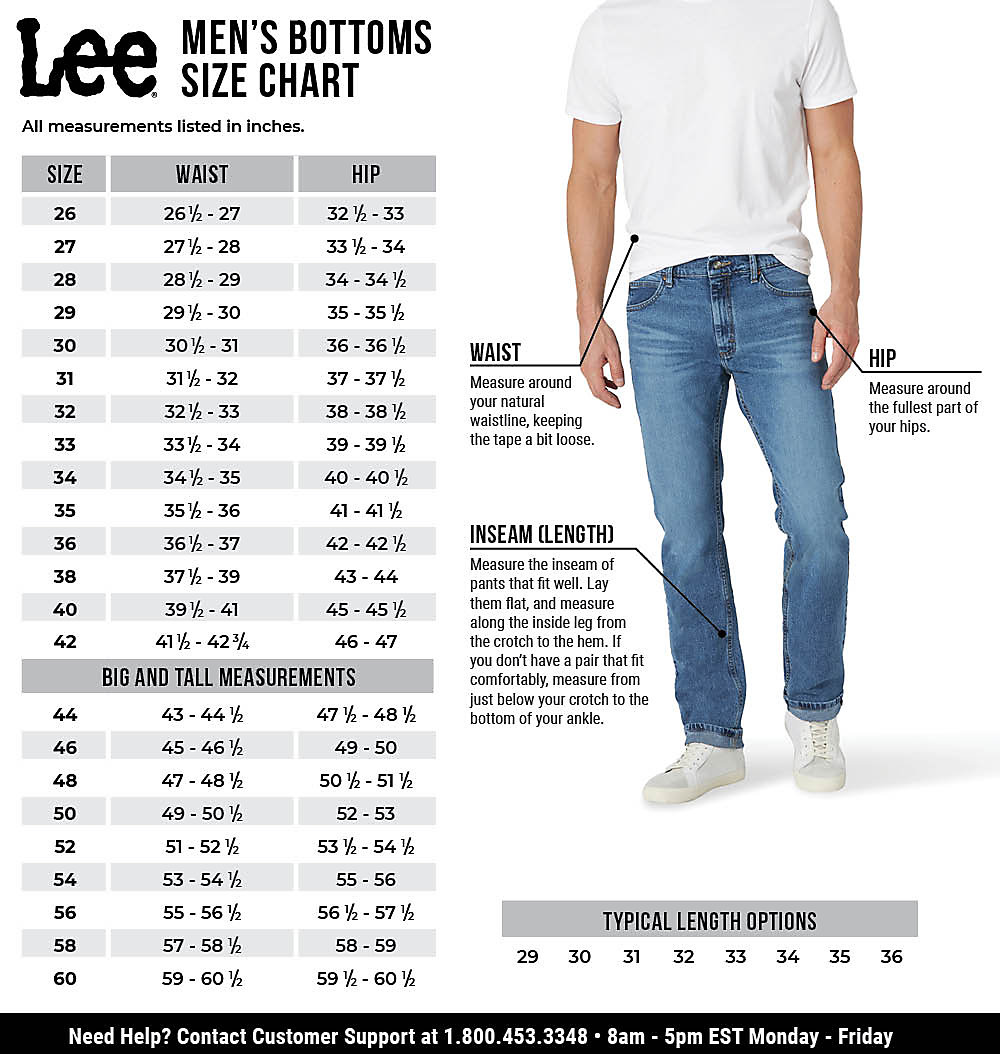Jean Weight Guide: How Much Do Your Jeans Actually Weigh?
Ever found yourself puzzled by the weight of your denim jeans? The truth is, the seemingly simple question of "How much do jeans weigh?" opens up a surprisingly nuanced exploration of fabric, fashion, and even the practicalities of travel.
Denim jeans, those ubiquitous staples of the modern wardrobe, come in a variety of weights, each reflecting different characteristics of the fabric and the overall design. Understanding these weights can be more important than you might think, influencing everything from how the jeans feel to how they fit, and even how much they contribute to your luggage allowance.
The world of denim weight is often categorized into three main groups. Lightweight jeans, the breezy companions for warmer days, typically tip the scales at less than 12 ounces. They offer a softer feel and a more relaxed drape. On the other end of the spectrum are heavyweight jeans, robust and resilient, weighing in at 16 ounces or more. These are the workhorses, often favored for their durability and their ability to withstand wear and tear. In between lies the broad range of mid-weight denim, the most common type, offering a balance of comfort, versatility, and structure.
The ounces we refer to when discussing denim weight are, in fact, a measure of the fabric's weight per square yard. This measurement reflects the density of the weave and the amount of material used. But what does this mean in practical terms? It means that the actual weight of a pair of jeans can vary quite significantly. A pair of lightweight jeans might feel almost airy, while a pair of heavyweight jeans can feel substantial, even bordering on stiff. This difference in weight, which is also dependent on the cut and construction of the jeans, can significantly affect how they look, feel, and wear.
The weight of jeans is influenced by a number of factors. The primary driver is the thickness of the denim itself. Thicker denim, by definition, uses more material in the weaving process, making it heavier. The presence of embellishments, such as rivets, patches, or heavy embroidery, also adds to the overall weight. The type of wash or treatment applied to the fabric can also play a role. A heavily distressed or washed jean might weigh less than a raw denim jean, as the washing process can break down some of the fibers, reducing the overall density.
Let's consider the average weight of different types of jeans. Classic denim jeans, that reliable staple, generally weigh between 12 to 16 ounces. Skinny jeans, known for their form-fitting silhouette, often weigh slightly less, typically falling in the 11 to 15-ounce range. Boyfriend jeans, designed for a relaxed, slightly oversized fit, can range from 14 to 18 ounces, reflecting the greater amount of fabric used in their construction. Flared or bootcut jeans, with their wider leg openings, tend to weigh between 13 and 17 ounces.
The weight of jeans also has a very practical side to it. For those who travel frequently, understanding the weight of your clothing is crucial. Airlines impose baggage weight limits, and exceeding these limits can result in hefty fees. A pair of heavy jeans can quickly eat into your allowed weight. Managing clothing weight helps you stay within the baggage weight limits set by your airline and avoid additional fees for heavy bags. Moreover, knowing the weight of your garments can also assist you when shopping online, allowing you to make more informed decisions about the clothes you purchase.
Generally, a pair of jeans can weigh anywhere from 1 to 3 pounds (0.45 to 1.36 kilograms). However, it is important to note that this weight can vary significantly, and there are some heavier or lighter jeans on the market. Consider an example: 4 children's cotton jumpers (2 kg) + 1 children's dressing gown (3 kg) + 2 children's jeans (0.4 kg) + 3 women's cotton jumpers (1.5 kg) + 2 women's jeans (1 kg) = 7.9kg. This shows the cumulative weight of various clothing items, illustrating how the weight of individual pieces contributes to the total.
The weight of jeans isn't merely an abstract measurement; it shapes our experiences with clothing. The denim's thickness, the type of wash, and the details like embellishments all collectively define the weight. When we consider the practicalities of travel, the importance of a versatile wardrobe, or even just the comfort of our everyday outfits, understanding jean weight allows us to make informed and confident choices.
The weight of a pair of jeans can vary based on factors such as fabric weight, size, and style. On average, a pair of jeans usually weighs about 1 to 2 pounds (0.45 to 0.9 kilograms).
For jeans that are light with a fairly smooth material and have a slightly thin texture, they generally weigh 12 ounces or 0.34 kg. As for jeans that are quite thick, the weight can reach 16 ounces or 0.45 kg.
Here's a table summarizing key information about denim jean weights:
| Category | Weight Range | Characteristics |
|---|---|---|
| Lightweight Jeans | Less than 12 ounces (0.34 kg) | Softer feel, relaxed drape, easy to wear, good for warmer weather. |
| Mid-weight Jeans | 12 to 16 ounces (0.34 to 0.45 kg) | Balance of comfort and durability, versatile for all seasons, common in everyday jeans. |
| Heavyweight Jeans | 16 ounces and over (0.45 kg+) | Robust and resilient, high durability, often favored for workwear or colder climates. |
| Classic Denim Jeans | 12 to 16 ounces (340 to 453 grams) | Durable, everyday wear. |
| Skinny Jeans | 11 to 15 ounces (312 to 425 grams) | Form-fitting |
| Boyfriend Jeans | 14 to 18 ounces (397 to 510 grams) | Relaxed fit |
| Flared or bootcut Jeans | 13 to 17 ounces (369 to 482 grams) | Wider leg openings |
Understanding the weights of different types of clothing helps in various aspects of life, from optimizing luggage for travel to making informed purchasing decisions online. For instance, when buying jeans, you may find the weight information on websites like Amazon or specific brand pages, allowing you to compare different options effectively.
In the realm of fashion, the type of denim influences both aesthetic and practical elements. Furthermore, in practical situations, such as determining shipping costs or ensuring compliance with baggage restrictions, a detailed awareness of clothing weights is essential.
While some sellers on platforms like eBay may not always list the exact weight of items, it is commonly provided on sites like Amazon, simplifying your research.
Consider the materials used to craft the clothes as well. Clothing weight varies greatly depending on factors like fabric density, thickness, and the amount of material used. For instance, when we talk about denim, it's the weight of 1 square yard of that fabric we're talking about. 1 square yard is 0.84 square metres. If you want to know how much your jeans weigh, you multiply the ounces per square yard with the number of square yards you need to make a pair of jeans, on average that is around 1.5 square yards.
For reference, womens jeans came to 247 g, while mens jeans were typically 273 g. Womens denim shorts, on the other hand, were typically 250 g while mens were 220g. So, if you were packing two pairs of womens jeans, one pair of mens jeans, and a dress, your weight total would come to 1.211 kg. Knowing these figures helps in planning what to pack and staying within weight limits.
After picking out the jeans you want, you can also pick out some small accessories to use to accessorize these jeans. For example, custom patches, are easy to use. you can customize it with your favorite elements, and patterns and stick them on your jeans, not only pants of course, but also other places to show your style and personality, which is very cool!


